
views
Unlocking a Door Stuck in the Locked Position
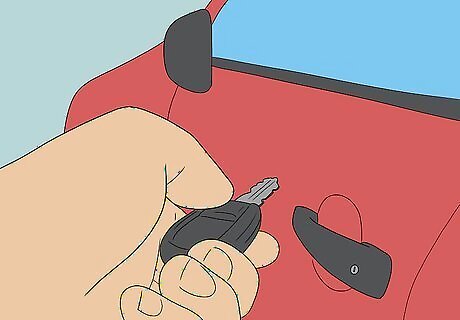
Attempt all methods of unlocking the door. Try using your remote and key to see if either of those will unlock the door. Check if you can unlock and open the door from the inside if the key and remote don’t work. If your key works but the remote doesn’t, you might just have a bad electrical connection. You can get this repaired by an auto electrician.
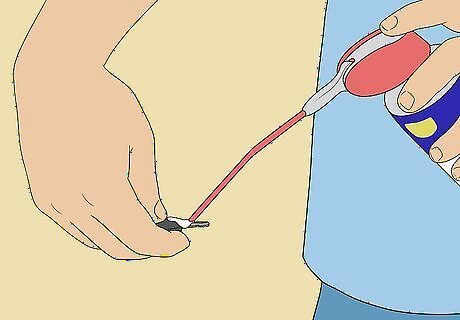
Try lubricating the lock with a dry lubricant spray if the key is sticking. Use the tip of your key to push open the door’s keyhole slot. Spray a dry lubricant spray directly into the keyhole for a few seconds to lubricate it and loosen up the lock. Attempt to use your key to unlock the door again after you lubricate it. Go ahead and try this fix if your door won’t open when you try turning the key in the lock, which can be a sign of a sticking lock mechanism. An example of a dry lubricant you can use is something called PTFE spray, which is a dust-resistant dry lubricant spray. Wet lubricants can attract dirt and dust that will clog up your door’s locking mechanism even more, so avoid using anything like grease or oil. Try putting some dry lubricant powder, such as graphite powder, on both sides of your key before you use it in the lock as an alternative or in addition to using a dry lubricant spray.
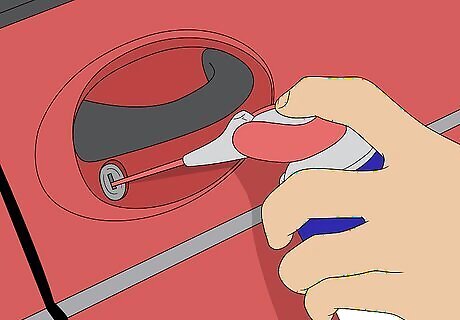
Spray WD-40 into the lock to clean out rust and grime if lubricant didn’t work. Poke the tip of your key into the keyhole to open up the slot again. Stick the red straw nozzle tip of a can of WD-40 all the way into the keyhole and spray it inside the lock until it starts dripping out. WD-40 will blast away dirt, rust, and other substances that could be causing the moving parts of your door’s locking mechanism to stick. Add some dry lubricant to the lock again after you clean it out with WD-40 to lubricate it for your key.
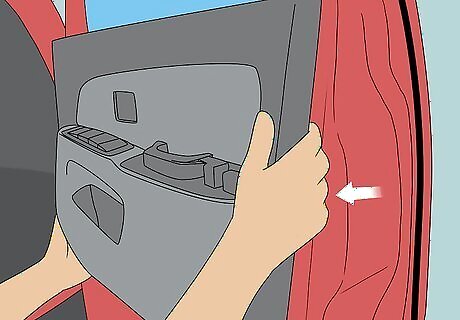
Remove the door panel and try moving the locking mechanism if it’s still stuck. Locate the screws and plastic plugs that hold the door’s panel in place and remove them with a screwdriver and pliers. Pull off the door panel and locate the locking mechanism, which is a collection of metal rods, plastic fasteners, and moving plates right below the door’s lock. Move the mechanism manually by wiggling the metal rods and plates up and down to see if this unlocks the door. There might also be a protective plastic cover underneath the door panel. Remove this as well if this is the case for your car. Now that you have the door panel open, try cleaning off the whole locking mechanism with WD-40, especially if there is any visible rust or dirt that could be jamming it. Then, apply some dry lubricant to the mechanism. If moving the locking mechanism manually doesn’t seem to unlock the door, it might have internal structural damage and broken parts that need replacing.
Fixing and Replacing Internal Parts
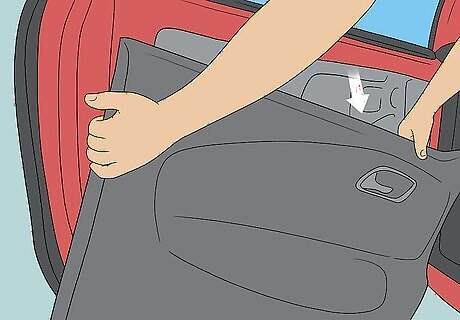
Take off the door panel and look inside for damaged parts. Remove the screws and plastic plugs that hold the car door panel in place, then pull it off carefully so you can look inside. Inspect the locking mechanism below the door’s lock and the door latch mechanism for broken, loose, or missing parts. If you see a plastic cover underneath the door panel, remove this as well to access the inner workings of the door. The door latch mechanism is near the inside edge of the door where it opens and closes. This is what actually hooks the door onto the door frame to keep it shut.
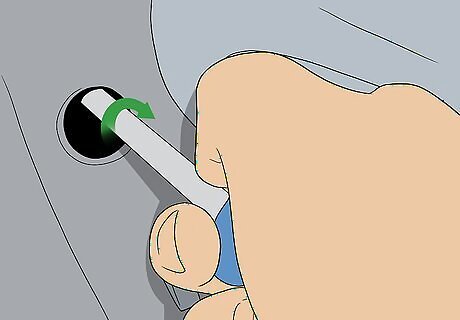
Look for missing bolts if the door’s outer handle is loose. There is sometimes a bolt directly behind the outer handle on the inside of the car door that holds the handle in place and makes it work properly. Check the inside of the door behind the door’s outside handle to see if it looks like this bolt is missing and put a new bolt on in place if necessary. This mainly applies if the door works fine from the inside but you can’t get it open from the outside because the outer handle is loose. There might be a deep hole in the metal panel of the inside of the door where this bolt is hidden behind the outer handle. If you can’t tell, use a flashlight or the flashlight on your phone to look in all the holes you see and try to find any missing bolts.
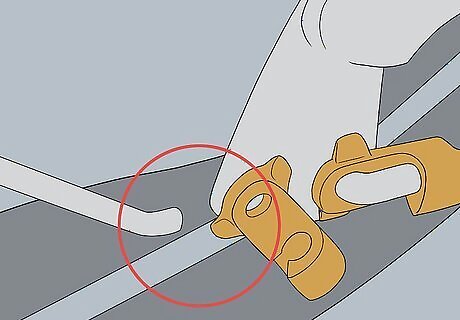
Fix any broken or loose metal rods. You will see several metal rods inside the door that attach to the locking and latching mechanisms. Look closely to see if any of these rods are popped out of the holes or clips that they are supposed to sit in or if they are bent or broken in some way. Stick them back into the holes or clips if they are just loose. Buy replacement rods, pull out the damaged ones, and snap the new ones into place if any rods are broken. If you don’t notice any obviously damaged rods, try pulling the door handle or locking and unlocking the door’s lock while you look at the metal rods. You should see the metal rods moving, so if any of them are just staying still, take a closer look at whether they are loose or broken. If any of the rods are bent and that’s why they are out of place, try bending them straight again using a pair of pliers, then snap them back into the holes or clips that are meant to hold them. If you need to replace any of the rods, you can get cheap replacement parts for many common types of cars at a scrapyard. You could also try improvising a replacement with something like a metal coat hanger.
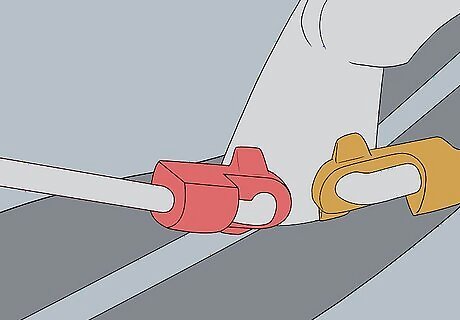
Replace any broken plastic fasteners. The metal rods that make your door’s locking and latching mechanisms work are usually held in place by plastic clips. Look at all of the plastic bits you can see to spot any that are damaged. Buy replacement fasteners, pull off the old ones, and replace them with the new ones if you find broken pieces. As with the metal rods, you can often get these small replacement bits at a junkyard. You can also try looking for them online, though you might have to buy more pieces than just the ones you need if you purchase replacements online. As an alternative to replacing broken plastic fasteners, try binding the metal rod that a broken fastener is meant to hold to the remaining part of the broken plastic using super glue or epoxy. Put a dab of glue on the plastic, then press the tip of the metal rod against it for as long as your chosen glue says it takes for the adhesive to cure.




















Comments
0 comment